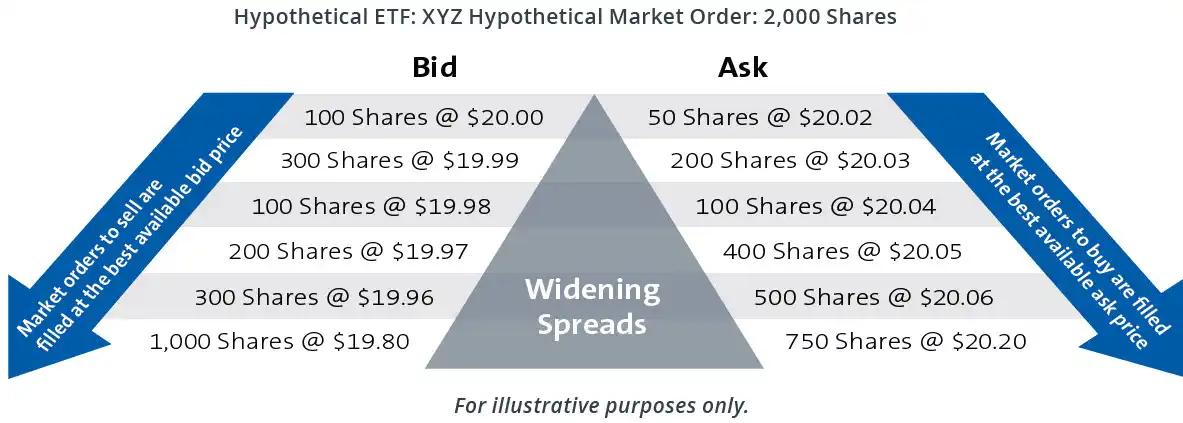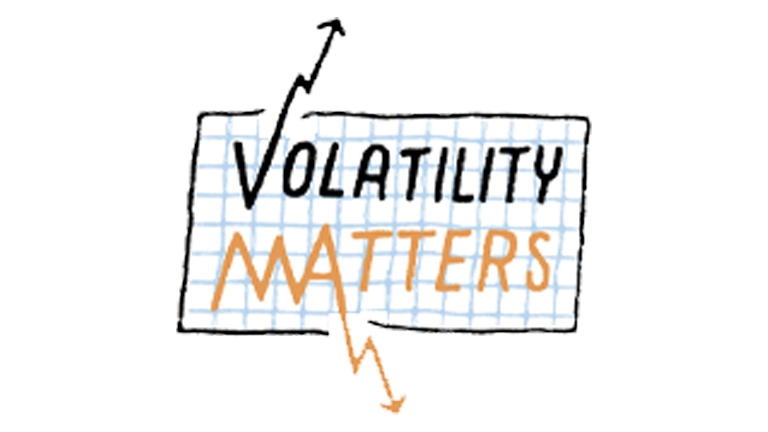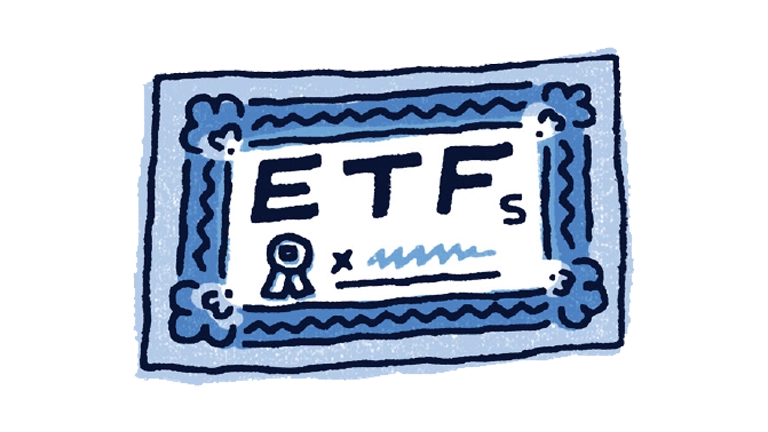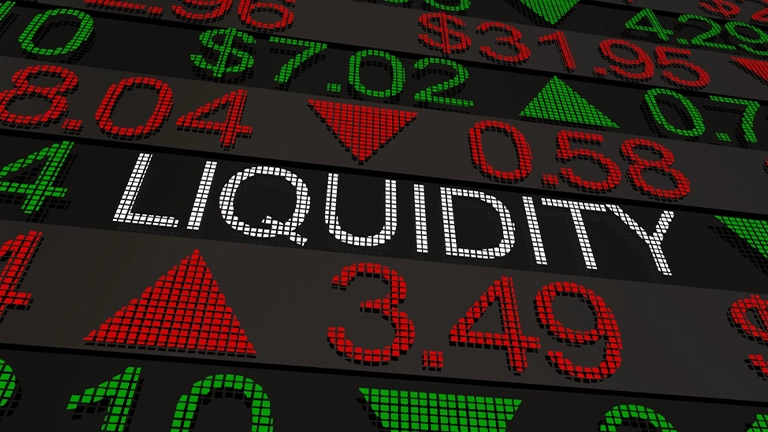ETF Liquidity – Four Rules to Trade By
Liquidity, transparency, real-time trading, and relatively low management fees are the reason why ETFs are becoming more and more popular. Still, there are key characteristics that investors should better understand in order to trade them properly and seek the best order execution.
Of course the largest ETF names are the simplest to trade due to their tight spreads (difference between the bid and ask). Tight spreads signal liquidity from the large volume of shares trading throughout the day. Traders feel comfortable that they can buy and sell, or sell short, these ETFs.
But what about ETFs that don’t have millions of shares trading every day? Here are four tips to consider when trading ETFs:
Rule #1: ETF Volume Alone is a Poor Measure of Liquidity
ETFs are just a “wrapper” for the underlying basket of securities that they are holding. So the liquidity of an ETF is based more on the volume of those underlying securities, than the volume of the ETF itself. If the underlying securities you are accessing through the ETF are liquid, you should have confidence you will be able to easily enter and exit the position in the ETF.
In fact, the volume you see on your trading platform’s screen may NOT represent the actual liquidity of the ETF. The volume data along with the bid/ask spreads will depend on your trading platform’s level of data access.
Call your broker and make the trade live if you have any doubt on whether or not there’s enough liquidity to get a fair price.
Trading large blocks: If you’re considering a trade of 25,000 shares or more, contact your trading desk. Should your trading desk need assistance, Direxion can help facilitate your order through an Authorized Participant (AP). APs are large institutional market makers that use their ability to exchange large blocks of the ETF (creation units) with their underlying securities to help you enter into, or exit out of, sizable positions without affecting the ETF share price, regardless of the market volume of the ETF.
Rule #2: Always Use Limit Orders
Market orders leave you vulnerable and at the mercy of the seller. Your order could get filled at various unfavorable prices, depending on what’s happening on the other side of the trade. Place a buy or sell order within several cents of the bid or ask price to get the best execution.
Hypothetical example of a market order
If a trader enters a market order to buy 2,000 shares, the trade will execute at the best offer level. In this example, the best offer is 50 shares @ $20.02. If the number of shares at that price are exhausted, the order will move to the next best offer (200 shares @ $20.03). This process continues until your order is complete, which may be at a much higher price. For a market order to sell, the same process takes place down the bid side of the spread. A limit order will help you get the best order execution.

In these two scenarios, the average price received on a market order to buy 2,000 shares is $20.11. The average price on the market order to sell is $19.89. Neither trade received the optimal execution.
Rule #3: Avoid Trading at the Open or the Close
Trading in the first or last 30 minutes of the session is not a good idea in general. This rule goes for any security, but it’s especially true for ETFs. At the start of each trading session, big institutional traders, speculators, market makers, and authorized participants unwind their overnight positions or gain needed exposure to certain assets for the trading day. So, if you can, wait a half hour or so, and then start trading.
Rule #4: Know the iNAV
Since ETFs trade throughout the day, you need to assess its current value as defined by the current value of the underlying securities. This can be done by monitoring the funds iNAV.
The iNAV is a measure of the intraday net asset value (NAV) of the ETF. It’s updated every 15 seconds, and gives an updated measure of the intrinsic value of the underlying basket of securities.
You can get the iNAV for any domestic ETF by simply entering the ticker symbol, then a dash, then “IV” on your platform’s trading screen. To find the iNAV of the Direxion Work From Home ETF (WFH), just type “WFH-IV” (some platforms may use a period instead of a dash − “WFH.IV”). Note: International ETFs do not have iNAV quotes.
As you seek better outcomes for your portfolio it’s important to arm yourself with the trading knowledge to ensure the best ETF order execution. Following these four rules, may help you do just that. Call us directly at 866-476-7523, for help executing a specific trade, or with questions about volume and liquidity for any Direxion ETFs.
An investor should carefully consider a Fund’s investment objective, risks, charges, and expenses before investing. A Fund’s prospectus and summary prospectus contain this and other information about the Direxion Shares. To obtain a Fund’s prospectus and summary prospectus call 866-476-7523 or visit our website at direxion.com. A Fund’s prospectus and summary prospectus should be read carefully before investing.
Shares of the Direxion Shares are bought and sold at market price (not NAV) and are not individually redeemed from a Fund. Brokerage commissions will reduce returns. Market Price returns are based upon the midpoint of the bid/ask spread at 4:00 pm EST (when NAV is normally calculated) and do not represent the returns you would receive if you traded shares at other times.
Investing in a Direxion Shares ETF may be more volatile than investing in broadly diversified funds. The use of leverage by an ETF increases the risk to the ETF. The Direxion Shares ETFs are not suitable for all investors and should be utilized only by sophisticated investors who understand leverage risk, consequences of seeking daily leveraged, or daily inverse leveraged, investment results and intend to actively monitor and manage their investment. The Direxion Shares ETFs are not designed to track their respective underlying indices over a period of time longer than one day.
Direxion Shares Risks - An investment in the ETFs involves risk, including the possible loss of principal. The ETFs are non-diversified and include risks associated with concentration that results from an ETF’s investments in a particular industry or sector which can increase volatility. The use of derivatives such as futures contracts and swaps are subject to market risks that may cause their price to fluctuate over time. The ETFs do not attempt to, and should not be expected to, provide returns which are a multiple of the return of their respective index for periods other than a single day. For other risks including leverage, correlation, daily compounding, market volatility and risks specific to an industry or sector, please read the prospectus.



